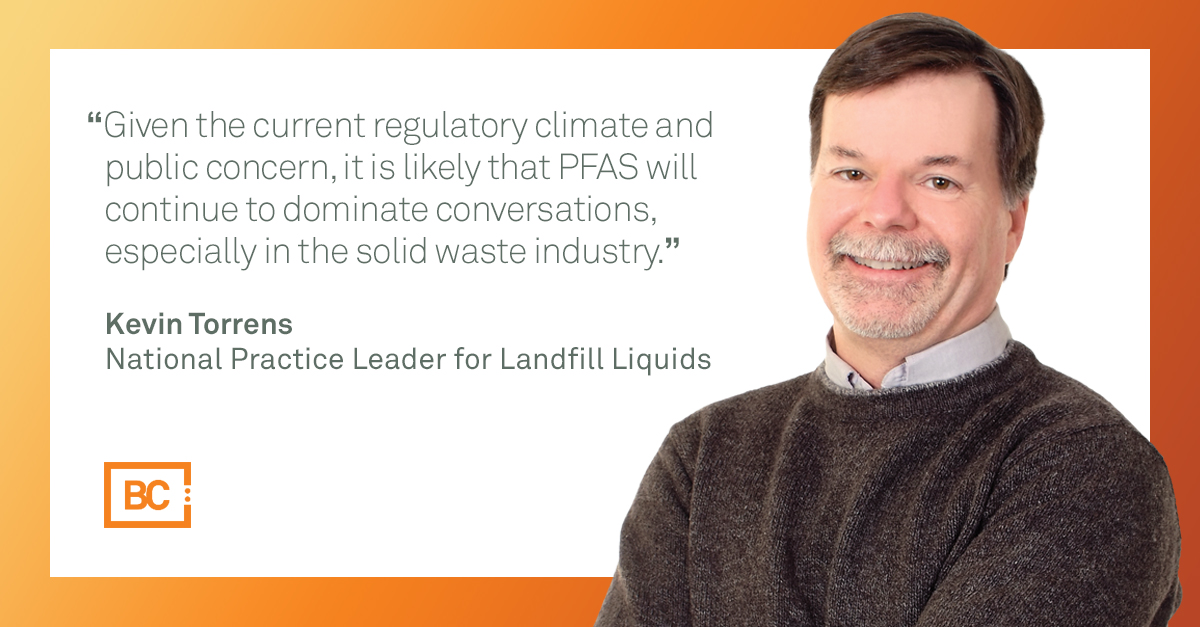On Sept. 23rd, the EPA issued a new rule aimed at dramatically reducing climate-damaging greenhouse gases. This final rule under the American Innovation and Manufacturing (AIM) Act will scale back U.S. production and consumption of hydrofluorocarbons (HFCs), which are potent greenhouse gases commonly used in refrigerators, air conditioners, and other applications. Starting Jan. 1, 2022, allowances will be needed to produce or import bulk HFCs. Additionally, the number of HFC production and consumption allowances will decrease by 85% over the next 15 years.
The agency intends to issue allowances for 2022 by Oct. 1, revisiting later years in a subsequent rulemaking. The rule also allows a set-aside pool for new market entrants, as the EPA anticipates this rulemaking to drive innovation for more climate-friendly and energy-efficient alternatives.
EPA also released Preliminary Effluent Guidelines Program Plan 15 (Preliminary Plan 15) on Sept. 8, announcing it will commence three new wastewater pollution rulemakings to determine effluent limitations guidelines and pretreatment standards for PFAS manufacturing facilities, PFAS discharges from chromium electroplating facilities, and nutrient discharges from meat and poultry facilities.
Other important regulation and compliance news to keep an eye on:
Ask an Expert: PFAS and the solid waste industry
Join BC’s National Practice Leader for Landfill Liquids Kevin Torrens as he discusses PFAS in leachate, a complicated issue on both regulatory and treatment fronts. Read “Ask an Expert”
Maui case guidance rescinded
The EPA rescinded its Jan. 14, 2021, guidance on Clean Water Act permit requirements associated with the County of Maui v. Hawaii Wildlife Fund case. The EPA will work with state permitting agencies and the regulated community to implement the Supreme Court’s Maui decision.
EPA seeks CDR regulations comments
The EPA is soliciting public comment on guidance on the processes applicable to the Toxic Substances Control Act (TSCA) Chemical Data Reporting (CDR) regulations. This guidance is designed to clarify the requirements and process of CDR-specific petitions.



 The solid waste industry is faced with diverse and complex
The solid waste industry is faced with diverse and complex